
1.Three reports
First, the Climate Change Authority released a Draft Report of its Targets and Progress Review.
I have a draft post in the bin, which I’ll publish after Easter. Labor are likely to adopt the enhanced targets it recommends, whereas the LNP have confirmed they won’t go beyond 5% by 2020.
Second, I’m working on a post on the IPCC’s second report in the current series, released on 31 March Impacts, Adaptation and Vulnerability. To get a head start you can follow the links from the report website.
I should be able to finalise the post for the week after Easter.
Third, the Summary for Policymakers of the IPCC’s third report Climate Change 2014: Mitigation of Climate Change was released on Monday. I hope to tackle it over Easter, aiming for publication the second week after Easter. The ABC has comment: politicians and Frank Jotzo and John Connor. The Carbon Brief has a lot of useful material.
2. The cost of mitigation
The IPCC mitigation report puts the cost of action at 0.06% of GDP, but calculating the cost is complex, especially when looking at the damage caused by doing nothing.
Researchers Rosen and Guenther find that the economic modelling is not possible, there are too many variables and too many unknowns.
Yet crisis trumps uncertainty, we have no real choice but to act.
3. Trouble in the vineyards
Early ripening is becoming a huge problem for growers and wineries.
growers say they’re having trouble processing their crop because it’s ripening too quickly.
Researchers are blaming climate change, with warmer conditions and drier soils accelerating the ripening process.
4. Microbes cause Permian–Triassic extinction?
The Permian–Triassic extinction event, commonly known as the Great Dying, was responsible for the extinction of roughly 90% of all life on Earth.
According to new research at MIT the event may have been caused by microbes.
The team’s research indicates that the catastrophic event was in fact triggered by the tiniest of organisms, a methane-releasing microbe called Methanosarcina. New evidence suggests that at the time of the extinction, the microbes appeared in massive numbers across the world’s oceans, spreading vast clouds of the carbon-heavy gas methane into the atmosphere. This had the effect of altering the planet’s climate in a way that made it inhospitable to most other forms of life inhabiting Earth at that time.
5. Land clearing returns to Qld
According to The Wilderness Society the Queensland Government has approved the clearing of 30,000 hectares at Strathmore Station in the Gilbert River catchment in the Gulf country, which will add the equivalent of 4.2-6.6 million tonnes of carbon dioxide into the atmosphere, the same as running up to another 2.6 million cars on our roads.
Strathmore wants to clear another 70,000 hectares. Together with another proposed Gilbert River project, IFED’s so-called Etheridge mega farm, the two schemes would clear and flood 200,000 hectares of land.
That would be like bulldozing a 10km wide strip for 200km.
6. Instruments of persuasion
Dr Rod Lamberts of the Australian Centre for Public Awareness of Science at the ANU says it’s time to dump science and facts as instruments of persuasion in favour of advertising and marketing. He says we need to appeal to people’s emotions, which will
have a stronger effect than trying to appeal to their brains via some kind of, you know, fact channel.
But please note, the facts are needed to support the campaign:
If the goal is to affect change, then I believe we need to step more into the realms of advertising and marketing and so on, in terms of delivering messages that are supported by what the science is telling us, but don’t have the science in those messages. (Emphasis added)
Jane Caro agrees on the need for a different approach:
Facts have never changed anyone’s mind about anything, sadly. It’s very hard for scientists to understand this, because they’re highly rational people, but in actual fact, no-one has ever been rationalised out of a belief.
There are only two things that change people’s attitudes and behaviour, particularly their behaviour, and they’re two emotions, and they’re hope and fear.
Again, facts and the science are surely needed to rationalise a changed belief. Beliefs need reason to support them.
Who mounts and pays for an advertising and marketing campaign? We look to governments, but in Australia they are the actual problem.
7. Direct Action less popular than the price on carbon
Meanwhile Essential Media Communications have done a survey of opinion that shows Direct Action distinctly less popular than the price on carbon. In terms of age, there is a tipping point beyond which the doubters predominate and it’s age 55. Abbott’s climate policy may come back to bite.
as the flat-earthers take control of the Federal Government, more Australians than ever have come to the conclusion that the Earth is in fact round.
Changing our policymakers seems the best way home but then Labor needs to offer more than tokenism. In my opinion Labor politicians should be the prime target group. The current mob won’t change without a spell in opposition and transformational ideological renewal.
Reminder
Use this as an open thread for climate topics.





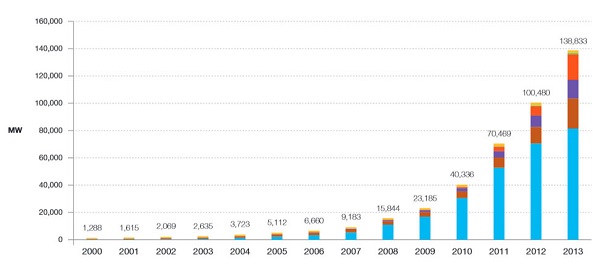

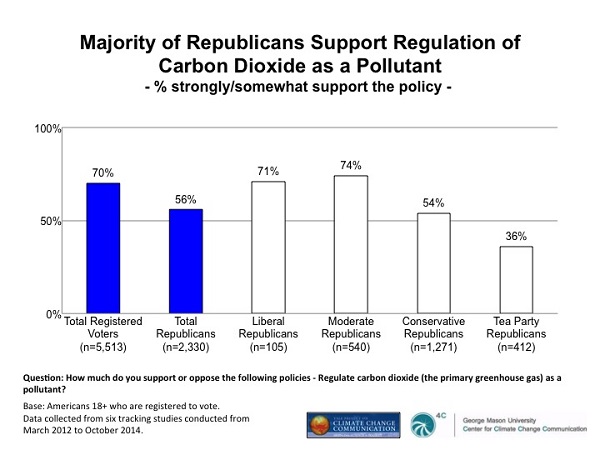
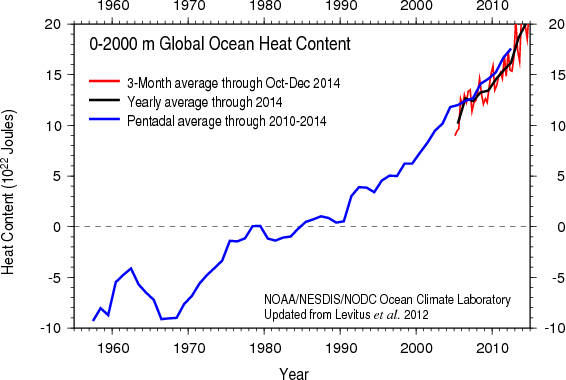
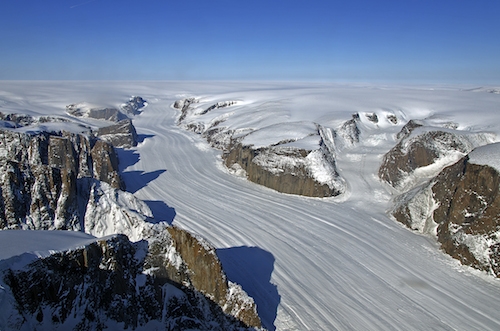
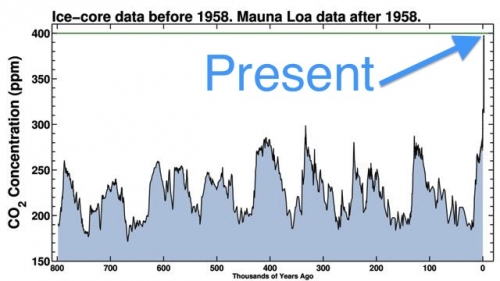

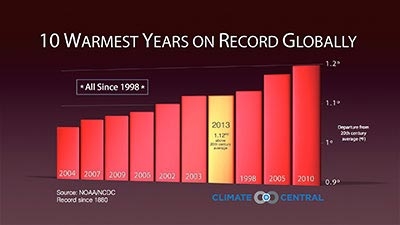
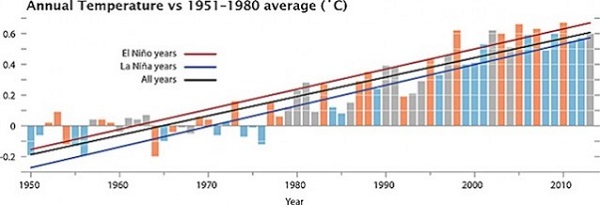
 Terry at Saturday Salon
Terry at Saturday Salon